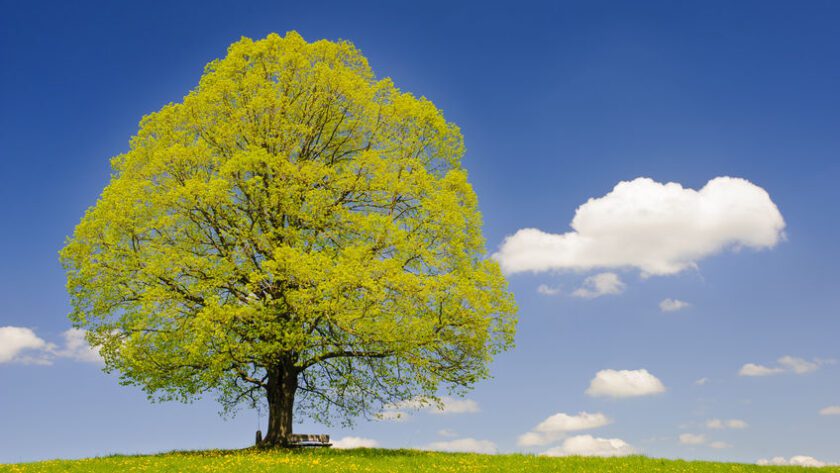Planting trees is vital as they are essential resources for food, medicine, habitat, water, and so on. But trees do develop problems. It is very difficult to decide if it is right to remove it or not.
There are so many factors that cause trees to die. It could be pollution, weather, soil compaction, wind, insects, or people. Most dying trees are usually in natural areas, where they may be dangerous to people and cause damage to properties.
Also, some damaged trees can hinder the growth of other trees if they are not removed. Knowing when to remove trees will save you, your property, and even the environment from danger. You can read on to know when to remove a tree. Here are a few signs to know when to remove trees:
The Tree Is Dead
Most dead trees don’t have buds or leaves. It can be damaged by herbicides or other factors. The structural state of a tree is compromised when it is dead and poses danger. No water retention or aesthetic appeal or shade in a dead tree as they fall on a building or person. In order to stop or prevent plant disease from spreading to other trees, it is good to cut down a tree that is dead.
Sign Of Disease or Decay
When a tree is unhealthy, it can be affected easily by pests or infections. This can cause property damage since their structures are unstable. Dead trees have negative impacts on landscapes too. A dead tree can cause a building to depreciate but once the tree is removed, the aesthetic appeal of your house can be restored.
Tree Was Damaged By Storm
A tree can be blown completely by high winds causing damage to the tree’s health. This high wind can cause damage to the root or stem or the crown twist. Once this damage happens, the tree can eventually die and cause risks to the properties around it. The best way of repairing the tree is by cutting it or removing it.
Crowding On Your Property
Trees can be overcrowded when they start competing with each other in the soil for nutrients. Overcrowding causes fungal disease as it limits air circulation among trees. This overcrowding can also cause poor flowering also. In order for other trees to reach their potential, some trees can be removed.
The Tree Is A Lightning Risk
This situation is very dangerous when a tree is affected by a lightning strike. The sap in the bark of the tree is heated to a very high temperature and it eventually returns to the steam. This lightning blows the outer bark of the tree away as it runs along the inner bark to the ground. Once you observe that the tree is affected by lightning, call a tree doctor to install a lightning protection system or remove the trees as soon as possible.
Conclusion
There are many signs of when to remove trees but when 60 – 80% of a tree is damaged, it should be removed, especially trees when the trunk of a tree is seriously damaged. You can also call a specialist for cutting trees or removing trees to save you stress. Finally, you can reach out to Arboxygène to help out.




